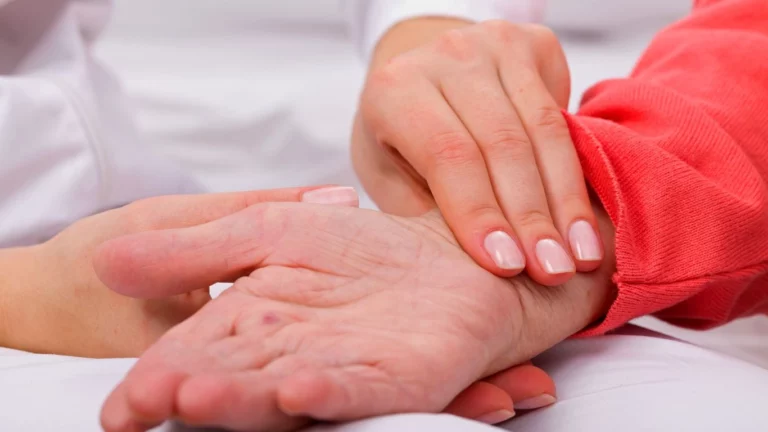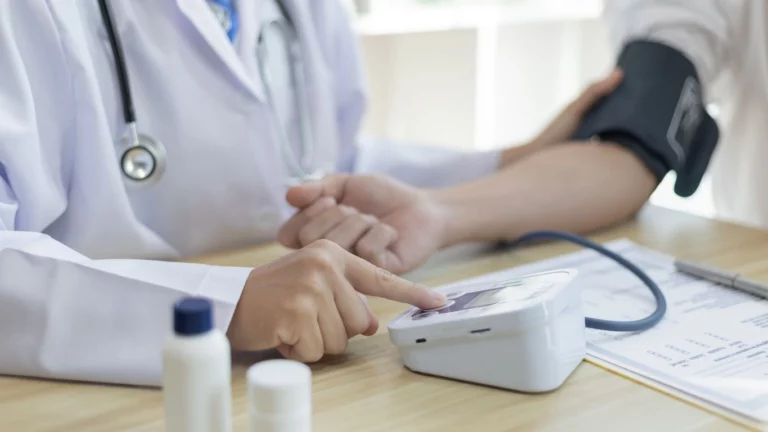How Salty Foods Affect Blood Pressure and How to Manage It
As an Internal Medicine Physician specializing in Hypertension Management, I’ve seen firsthand how many people struggle with managing high blood pressure, particularly after eating salty foods. The connection between diet and blood pressure is one of the most common concerns among my patients, and it’s a topic I’m always eager to discuss. In this article, we’ll take a deeper dive into why salty foods can cause high blood pressure, the science behind it, and what you can do to manage it effectively. Trust me, there’s a lot more going on inside your body after that extra helping of fries or that sprinkle of sea salt than you might realize.
Understanding High Blood Pressure After Eating Salty Foods
High blood pressure, or hypertension, can sneak up on you, especially after indulging in salty foods. Have you ever noticed that your blood pressure spikes after a meal loaded with sodium? You’re not alone. This phenomenon is quite common, and the good news is that it’s preventable and manageable with the right knowledge and tools. In fact, many of my patients report a noticeable change in how they feel after a salty meal, sometimes experiencing headaches, dizziness, or a general feeling of fatigue. But what exactly is going on inside your body when you consume too much salt?
When you eat salty foods, your body tries to balance the increased sodium levels by holding onto water. This process, called fluid retention, leads to an increase in blood volume. More blood circulating through your blood vessels puts extra pressure on the walls of your arteries, which causes a rise in blood pressure. The more salt you consume, the more your body holds onto fluid, and the higher your blood pressure can go. It’s that simple—but there’s more to it than just water retention.

What Happens to Your Body After You Eat Salt?
Let’s break down the process a bit further. When you eat salty foods, such as chips, fast food, or even foods you might not think of as salty (like processed cereals), your body senses an influx of sodium. Sodium, an essential mineral, is crucial for maintaining normal bodily functions like nerve transmission and muscle contraction. However, too much sodium can disrupt the delicate balance your body works hard to maintain.
Your kidneys play a key role in regulating the balance of sodium and fluid in your body. When you consume excessive salt, your kidneys may struggle to filter out the excess sodium, leading to water retention. This extra fluid in the bloodstream increases the volume of blood, which puts additional pressure on the walls of your arteries. This is what we refer to as salt-induced hypertension.
The Role of Sodium in Blood Pressure Regulation
To truly understand why high blood pressure after eating salty foods occurs, it’s important to grasp the role sodium plays in blood pressure regulation. Sodium helps regulate fluid balance in your cells, tissues, and blood vessels. When sodium levels rise in the blood, your body tries to counteract the increase by holding onto more water. This combination of sodium and water creates greater pressure within the blood vessels, ultimately leading to an elevation in blood pressure.
But here’s something interesting from my clinical experience: Not everyone reacts the same way to sodium intake. Some people are “salt-sensitive,” meaning their blood pressure rises significantly after consuming salty foods, while others may experience little to no change. This can depend on factors like genetics, age, kidney function, and overall health status. That’s why understanding your body’s unique response to sodium is crucial for managing hypertension.
Who Is Most Affected by High Blood Pressure After Eating Salty Foods?
Now, you might be wondering, “Am I at risk for high blood pressure after eating salty foods?” Well, the answer depends on several factors. People who are more likely to experience a significant rise in blood pressure after consuming salt include:
- Older adults: As we age, our kidneys become less efficient at processing sodium, making us more susceptible to fluid retention and hypertension.
- Those with a family history of hypertension: Genetics play a significant role in how our bodies handle sodium, so if high blood pressure runs in your family, you may be more vulnerable.
- People with kidney problems: Since the kidneys are responsible for filtering excess sodium, individuals with kidney disease or reduced kidney function may experience greater fluctuations in blood pressure after consuming salty foods.
- Those with pre-existing high blood pressure: If you’re already managing high blood pressure, even small amounts of extra sodium can cause a significant spike.
In fact, I often recommend to my patients who are struggling with high blood pressure to track how their body responds after meals high in sodium. You’d be surprised at how eye-opening this practice can be in identifying foods that trigger a rise in blood pressure.

Why Some Foods Are Worse Than Others
Not all salty foods are created equal when it comes to their effect on your blood pressure. Some foods are packed with hidden sodium, while others may contain more natural forms of salt that your body can handle better. For example, highly processed foods like canned soups, deli meats, and fast food often have very high sodium levels. These foods can contribute significantly to a rise in blood pressure after consumption.
On the other hand, natural sources of sodium—such as vegetables, dairy, and some meats—are usually less problematic, especially when consumed in moderation. However, even these foods can contribute to a sodium overload if you’re not careful. So, the key is balance. The next time you’re tempted to grab that bag of chips, remember that moderation is essential for keeping your blood pressure in check.
How To Manage High Blood Pressure After Eating Salty Foods
If you’re someone who tends to experience a rise in blood pressure after eating salty foods, don’t worry—there are plenty of strategies to manage this. The first step is understanding how much sodium you’re consuming and making conscious choices about what you eat. You can also focus on reducing your sodium intake by:
- Reading labels: Pay attention to the sodium content of packaged foods. Look for lower-sodium options whenever possible.
- Eating fresh, whole foods: Fruits, vegetables, and lean meats are naturally low in sodium and can help keep your blood pressure stable.
- Using herbs and spices: Instead of salt, experiment with flavoring your food with herbs, garlic, lemon, and other sodium-free seasonings.
- Staying hydrated: Drinking plenty of water helps your kidneys process sodium more effectively and reduces fluid retention.
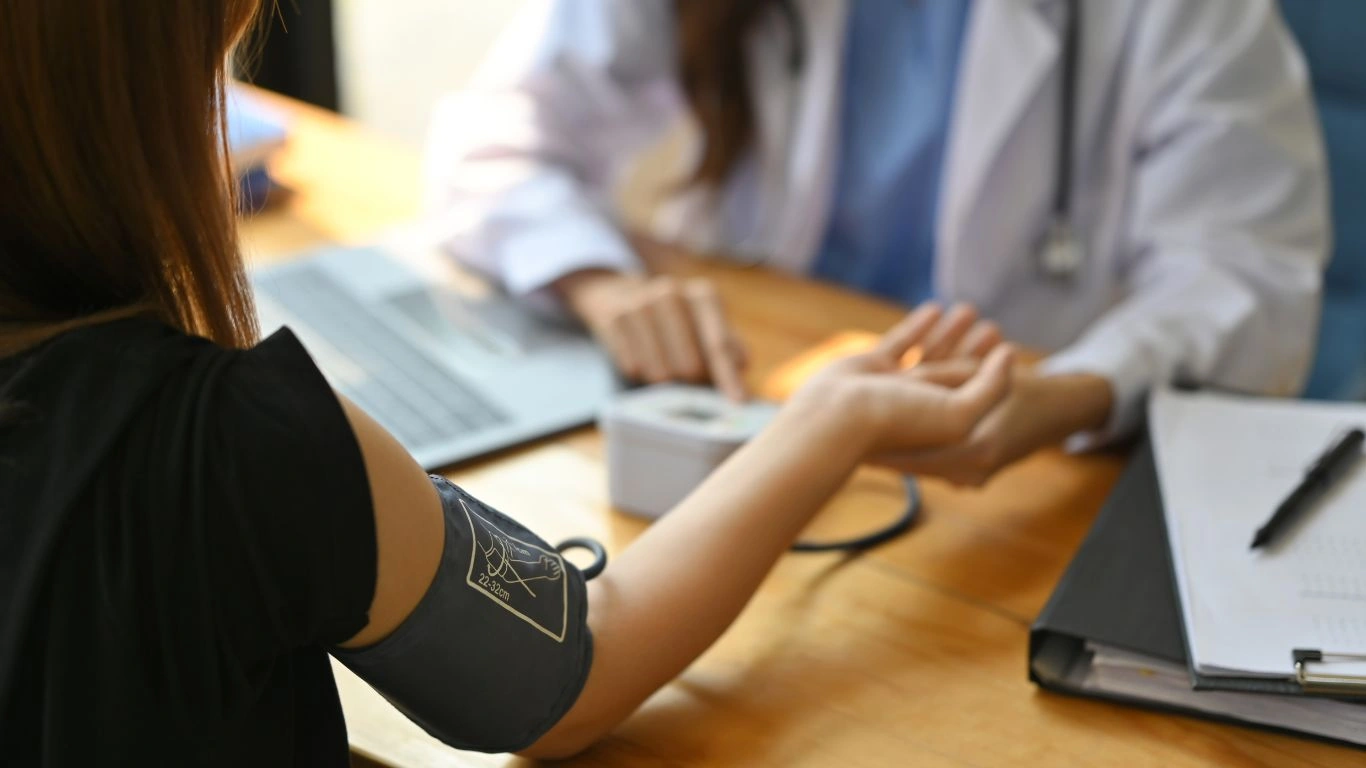
Managing Blood Pressure After Eating Salty Foods
In part one of this article, we explored the connection between salty foods and high blood pressure, along with the biological mechanisms at play. Now, let’s dive deeper into how you can manage your blood pressure, especially after meals high in sodium. I’ve worked with countless patients who have struggled with salt-induced hypertension, and I’ve seen how a few simple changes can make a world of difference in their blood pressure management. It’s not about perfection; it’s about finding balance and staying consistent. So, let’s go through some actionable tips that can help you stay on top of your blood pressure.
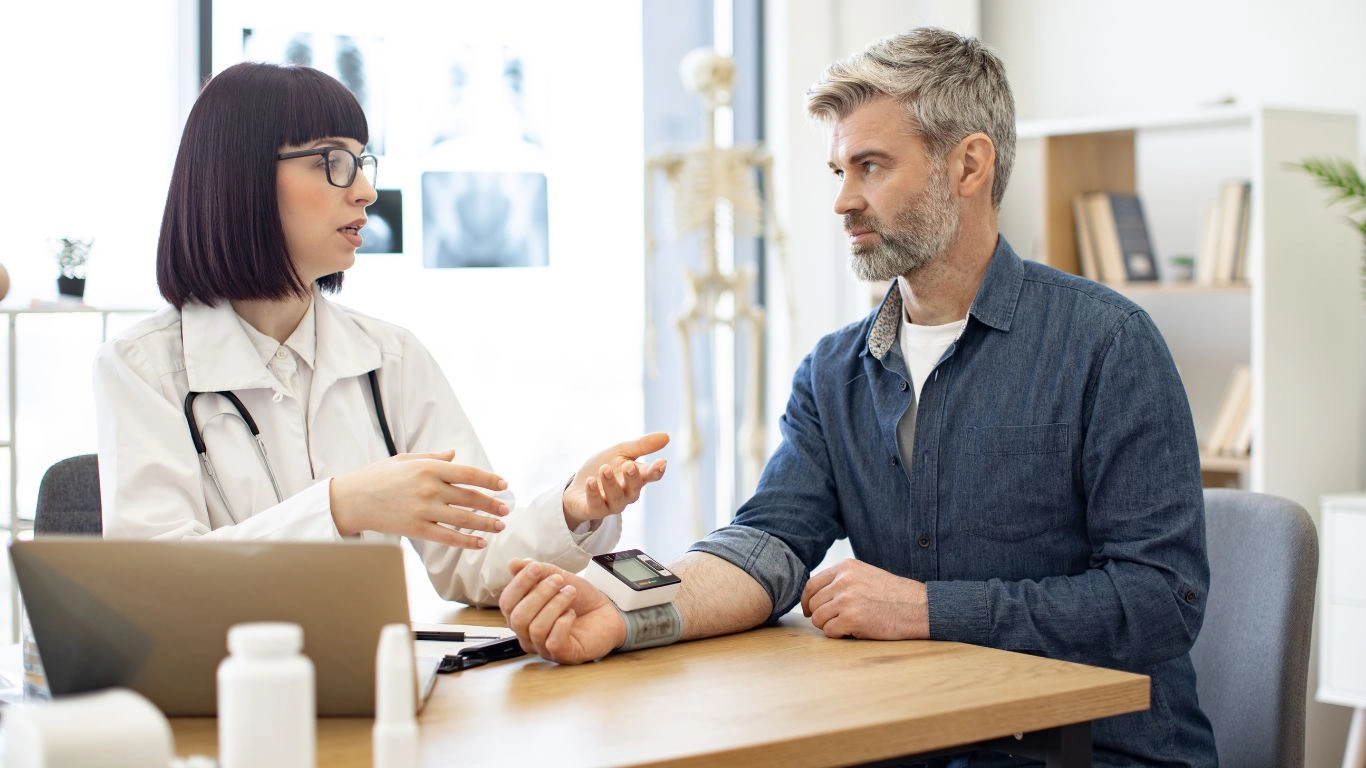
Eat More Potassium-Rich Foods
One of the most effective ways to combat the effects of too much salt is by increasing your intake of potassium-rich foods. Potassium works by helping your body balance out the sodium levels. Essentially, potassium helps your kidneys excrete more sodium and reduces the amount of sodium that gets absorbed into your blood. This, in turn, helps lower your blood pressure. From my own experience, patients who add more potassium to their diets often notice a significant improvement in their blood pressure control.
So, what are some potassium-packed foods? Here are a few you should try to incorporate into your meals:
- Bananas: A well-known potassium powerhouse.
- Sweet potatoes: Not only rich in potassium but also packed with fiber and vitamins.
- Spinach: This leafy green is loaded with potassium, as well as other nutrients that help with blood pressure management.
- Beans and legumes: They’re not only rich in potassium but also provide protein and fiber, which support heart health.
- Avocados: Delicious and packed with healthy fats, potassium, and fiber.
So, next time you’re planning your meals, try to think about adding one or more of these potassium-rich foods to your plate. It’s a small change that can make a big difference.
Exercise and Its Role in Blood Pressure Management
Exercise is another key factor in controlling high blood pressure, and it’s something I recommend to my patients regularly. But here’s the thing: You don’t need to run marathons or hit the gym every single day to see benefits. Simple, consistent activities like walking, swimming, or cycling can make a big impact. The goal is to get your heart pumping and blood circulating in a way that promotes overall cardiovascular health.
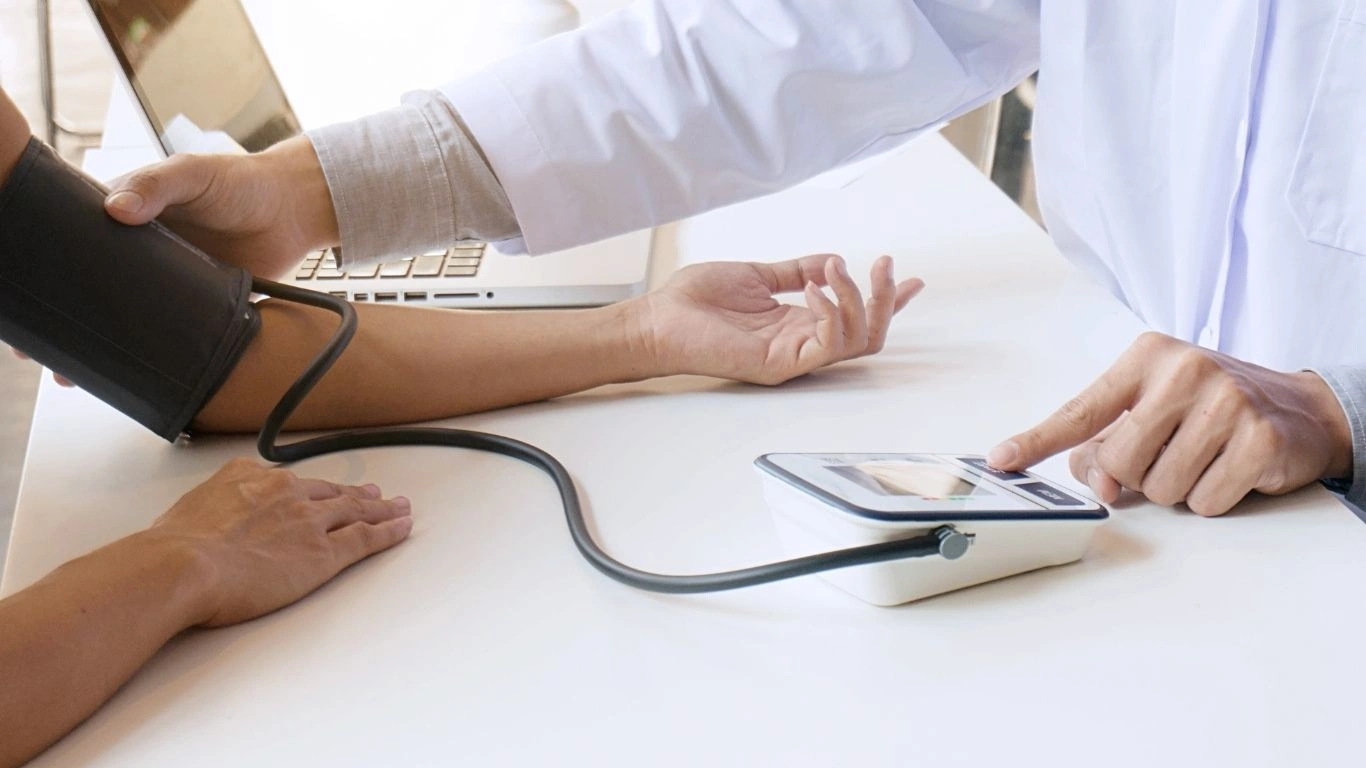
When you engage in regular physical activity, it helps strengthen your heart and improve blood flow. A stronger heart doesn’t have to work as hard to pump blood, which helps lower your blood pressure over time. I’ve had patients who didn’t realize just how much a 30-minute walk a few times a week could improve their blood pressure levels.
Here are a few types of exercise that can help manage high blood pressure:
- Cardio: Activities like walking, jogging, swimming, or cycling can help improve heart health.
- Strength training: Building muscle can have long-term benefits for blood pressure management.
- Yoga and relaxation techniques: Practices that focus on breathing and relaxation can reduce stress, which plays a big role in hypertension.
Remember, consistency is key. Even small bursts of exercise—like taking the stairs instead of the elevator or going for a short walk after meals—can help your blood pressure stay in check.
Reducing Stress and Its Impact on Hypertension
Let’s talk about stress. I’m sure you’ve heard it before: Stress can take a toll on your health. But when it comes to blood pressure, it’s crucial to understand how stress affects your body. When you’re stressed, your body releases hormones like adrenaline and cortisol, which cause your heart rate to increase and your blood vessels to constrict, leading to higher blood pressure. This is a natural response when you’re facing a “fight or flight” situation, but when stress becomes chronic, it can result in long-term hypertension.
Throughout my years of practice, I’ve noticed a direct correlation between high stress levels and elevated blood pressure in many of my patients. It’s not always the salt you eat that’s the issue—it’s the emotional and mental stress you carry with you throughout the day. Managing stress, in combination with other lifestyle changes, can significantly improve your blood pressure levels.
Stress Reduction Techniques That Help Lower Blood Pressure
Here are a few effective stress reduction techniques I often recommend:
- Mindfulness and meditation: Taking just 5-10 minutes each day to meditate can help lower your stress levels and improve your mental clarity.
- Deep breathing exercises: Techniques like diaphragmatic breathing can activate your parasympathetic nervous system, which helps relax your body and reduce blood pressure.
- Getting enough sleep: Poor sleep increases stress and blood pressure. Aim for 7-9 hours of quality sleep per night.
- Engaging in hobbies: Doing activities you enjoy—whether it’s reading, painting, or spending time with loved ones—can act as a buffer against daily stress.
It might sound like common sense, but trust me—many people underestimate how much stress can affect their blood pressure. By implementing simple stress reduction techniques into your daily routine, you can improve both your mental and physical health.
How to Read Labels and Choose Lower-Sodium Options
As I mentioned earlier, one of the most significant sources of salt in our diet is processed foods. Most of us don’t even realize how much sodium is packed into the foods we consume. That’s why being mindful of food labels is so important. It’s easy to overlook the sodium content of your meals, but doing so could have a significant impact on your blood pressure.
As an example, I often tell my patients to avoid canned soups and packaged snacks that seem innocent but are loaded with sodium. It’s essential to read nutrition labels carefully and choose products that are lower in sodium, especially if you’re dealing with hypertension or trying to prevent it.
Tips for Reading Nutrition Labels Effectively
Here’s how you can become a savvy label reader:
- Look for “low-sodium” or “no-sodium” labels: These products are specifically designed for those who need to control their salt intake.
- Check the serving size: Sometimes the sodium count looks low, but remember that serving sizes can be deceptive. Multiply the sodium content by the number of servings you’re consuming.
- Compare brands: Don’t settle for the first option. Compare different brands to find the one with the lowest sodium content.
- Be cautious with condiments: Ketchup, soy sauce, and even salad dressings can have surprising amounts of sodium.
Once you get the hang of reading labels, it’ll become second nature, and you’ll feel much more in control of your sodium intake.
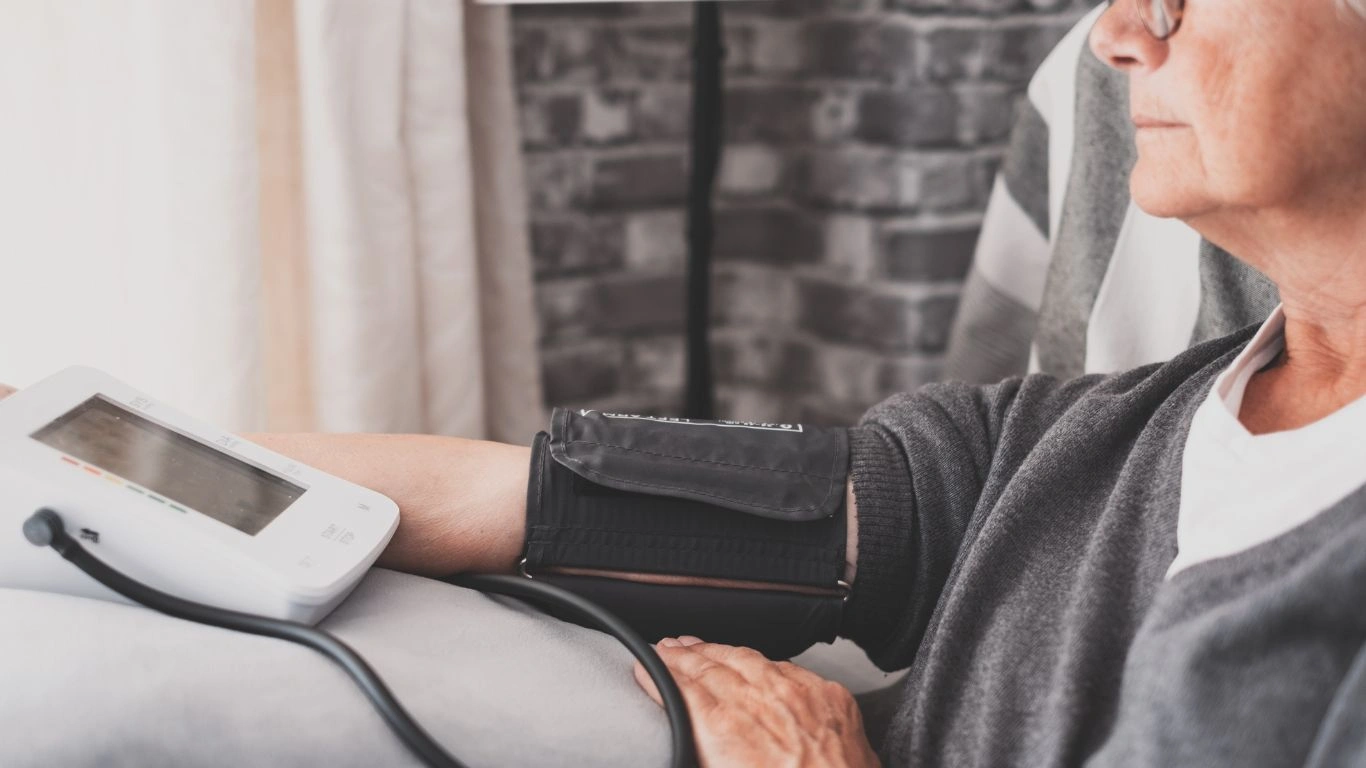
Salt and High Blood Pressure: Key Considerations for Long-Term Health
In the previous parts of this article, we’ve explored the relationship between salty foods and high blood pressure, as well as actionable tips for managing blood pressure after consuming sodium-rich meals. But now, let’s zoom out a bit and talk about the long-term implications of a high-sodium diet on your overall health. As a physician specializing in hypertension management, I’ve witnessed how chronic high blood pressure can contribute to a range of serious health conditions. The good news? With a little attention and the right lifestyle choices, you can manage your blood pressure and reduce the long-term risks associated with excessive salt intake.

Long-Term Consequences of High Blood Pressure
Many people don’t realize that high blood pressure doesn’t just impact your heart. When left unchecked, hypertension can take a toll on many organs and systems throughout your body. Over time, high blood pressure can lead to:
- Heart disease: High blood pressure forces your heart to work harder to pump blood. This constant strain can lead to heart failure or coronary artery disease.
- Stroke: Hypertension is a major risk factor for stroke, as it can lead to the thickening of the arteries and increased chances of clots forming.
- Kidney damage: The kidneys play a vital role in regulating your body’s sodium levels, but chronic high blood pressure can damage these organs over time, leading to kidney disease or failure.
- Vision loss: High blood pressure can damage the blood vessels in your eyes, causing vision problems or even blindness in severe cases.
- Sexual dysfunction: Both men and women can experience sexual health issues related to high blood pressure, as it can restrict blood flow to the necessary areas.
These conditions might sound intimidating, but don’t let them scare you. The good news is that hypertension is highly preventable and manageable. The sooner you take control of your sodium intake and make lifestyle changes, the better your long-term health will be.
How to Monitor Your Blood Pressure at Home
One of the best things you can do for your health is to stay on top of your blood pressure, especially if you’ve experienced fluctuations after eating salty foods. Luckily, with today’s technology, it’s easier than ever to monitor your blood pressure from the comfort of your own home. Regularly tracking your numbers can help you better understand how your body reacts to certain foods, stress, and lifestyle habits.
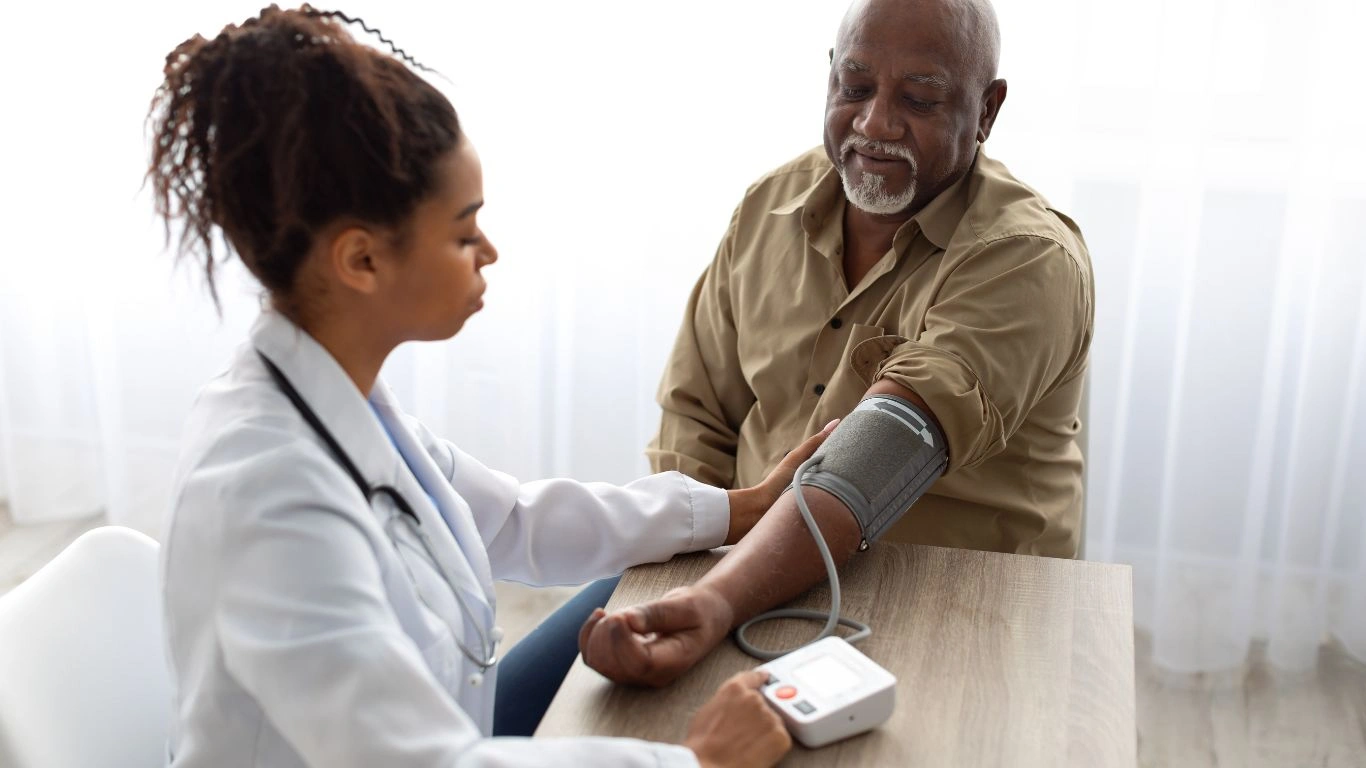
Using a Blood Pressure Monitor
If you’re looking to monitor your blood pressure at home, here’s a simple guide on how to do it effectively:
- Choose a reliable blood pressure monitor: Look for an automatic cuff-style monitor, as these are easier to use and provide more accurate results than manual ones.
- Take readings at the same time each day: Blood pressure can fluctuate throughout the day, so consistency is key. Morning readings before you eat and take your medications are often the most accurate.
- Sit quietly for a few minutes before taking a reading: Stress, activity, and even talking can temporarily raise your blood pressure, so make sure you’re relaxed before measuring.
- Record your results: Keep a log of your readings to track patterns over time. Share these logs with your healthcare provider during check-ups for better insights into your health.
Taking control of your blood pressure in this way can empower you to make informed decisions about your diet and lifestyle. It also helps you and your doctor track the effectiveness of any changes you make to your routine, from reducing sodium intake to managing stress.
When to See a Doctor
While monitoring your blood pressure at home is helpful, there are times when professional care is necessary. If you consistently notice elevated blood pressure readings or if you experience symptoms such as headaches, dizziness, or chest pain, it’s important to consult with a healthcare provider. They can offer guidance on the next steps and may recommend medications, lifestyle changes, or further testing to ensure your heart and kidneys are functioning properly.
As I always tell my patients, it’s better to be proactive than reactive when it comes to hypertension. Don’t wait for symptoms to become severe before seeking medical advice. If you have risk factors such as a family history of high blood pressure, kidney disease, or heart disease, regular check-ups are essential in preventing long-term complications.
References
For more information on managing high blood pressure, the National Institutes of Health (NIH) provides helpful resources on their website. You can also check out reputable health organizations such as Health.com for articles and tips on hypertension prevention and management.
Disclaimer
The content provided in this article is for informational purposes only and is not intended as medical advice. Always consult with a healthcare provider before making any changes to your diet, exercise routine, or medication regimen. The advice and tips shared here are based on my professional experience as an Internal Medicine Physician, but individual results may vary. Please consult with your doctor for personalized recommendations tailored to your specific needs and health conditions.

Dr. Gwenna Aazee is a board-certified Internal Medicine Physician with a special focus on hypertension management, chronic disease prevention, and patient education. With years of experience in both clinical practice and medical writing, she’s passionate about turning evidence-based medicine into accessible, actionable advice. Through her work at Healthusias.com, Dr. Aazee empowers readers to take charge of their health with confidence and clarity. Off the clock, she enjoys deep dives into nutrition research, long walks with her rescue pup, and simplifying medical jargon one article at a time.


